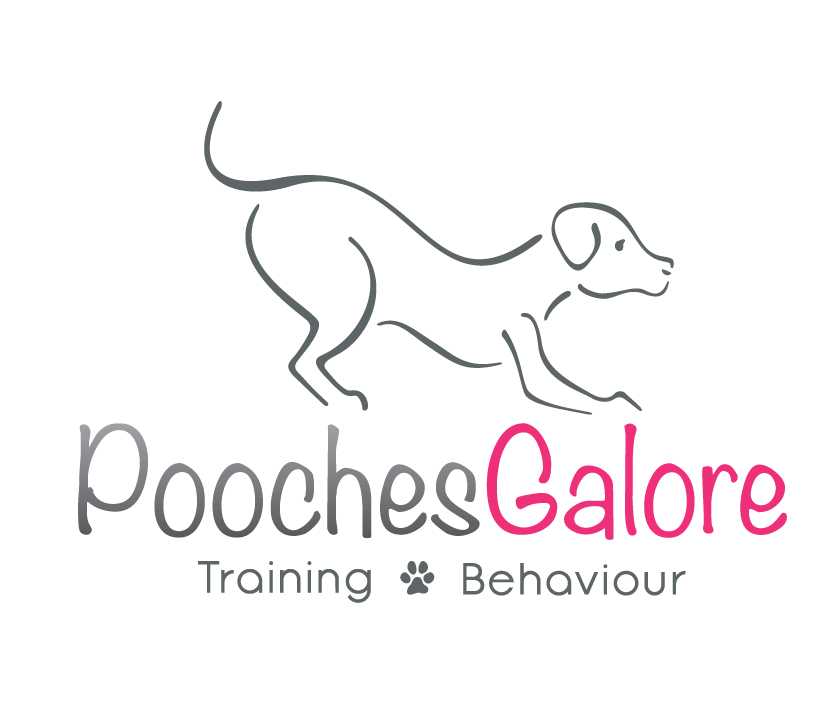Canine Pay Scales
Canine pay scales
It’s no secret that I train with rewards and normally they are food rewards. I make no secret of this fact (indeed now I have it all over my hoodies!).
But did you know that all rewards are not made equal. And what may be very rewarding for one dog is going to be the most boring reward for another.
As our dogs trainer we have to work out what is rewarding for our own dogs, and the dog that we are working on that particular day – as just like us it can vary day to day. Sometimes we fancy chocolate and sometimes wine… same for our dogs (well apart for the fact that its never chocolate and never wine for them!).
The way to think about rewards for our dogs the easiest way to think about it is in monetary terms. Money is one of our ultimate rewards, we spend a vast proportion of the week working towards these monetary rewards.
£ 10 = hot dog
£5 = chicken
£1 = meaty treat
50p = dry treat
1p = kibble
£10 = Ball
£5 = kong wubba
£1 = puller
50p = rubber bone
1p = frisbee
Some of these will depend on the dog, kibble will raise in value if the dog hasn’t been fed for example. Or if a dog has access to balls all the time this may lower the value of the ball, but if they are a special toy that only comes out occasionally.
With toys it is easy to see which toys your dog gets the most excited by, with food sometimes it is a bit more complicated.
The easiest way to work out which food your dog prefers is to take two different foods and put both in a closed hand, place both hands in front of your dog and let them sniff. Their preferred treat is the one that they try hardest to get too. You can then test that food against another foods, eventually there will be a rank of treats that you can use to help train your dog.
The more difficult the situation the higher value the treat needs to be…

